Sky-high sleep starts here
Business travelers and shift workers know hotel towers can be beautiful and brutal. Floor-to-ceiling windows, city glow, and round-the-clock schedules turn sleep into a challenge. But the right blackout setup makes a room a real sanctuary.
This guide gives practical, actionable tips you can use tonight. You’ll learn how modern blackout systems work, what to ask when booking, and how to arrange a suite for deep rest. It also covers travel-ready hacks when a room falls short and safety-smart fixes that protect comfort and health.
Consider this your short toolkit for better sleep above the city. Read on and reclaim quiet, dark, restorative nights—even when your calendar and the skyline say otherwise.
Practical, quick, and tested, these tips fit tight schedules and jet-lagged bodies, helping you wake focused, rested, and ready to perform on every trip.
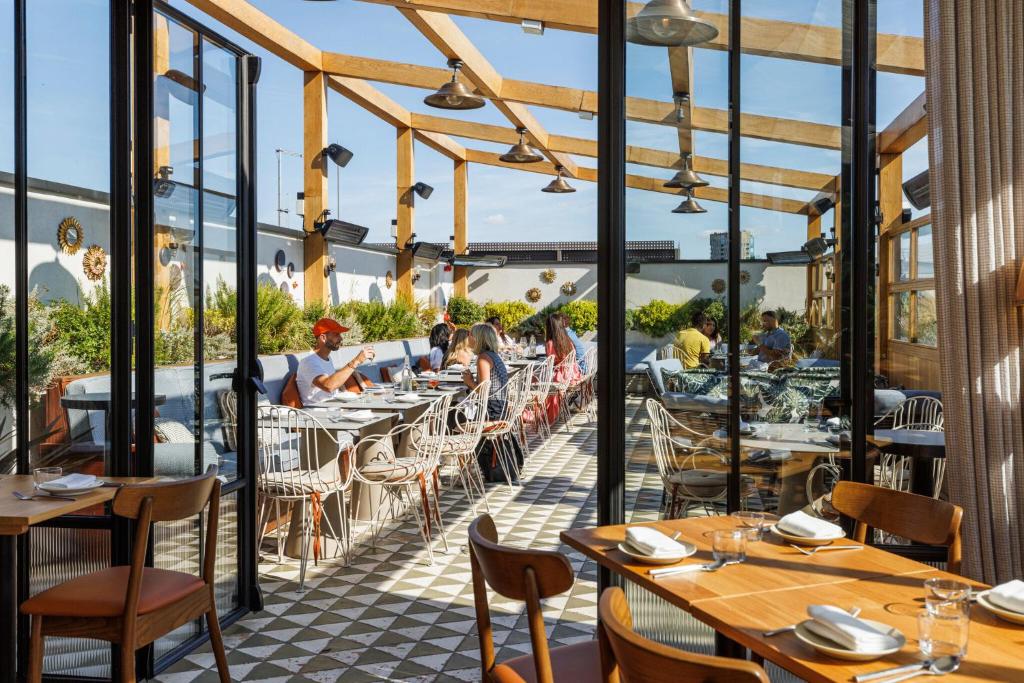
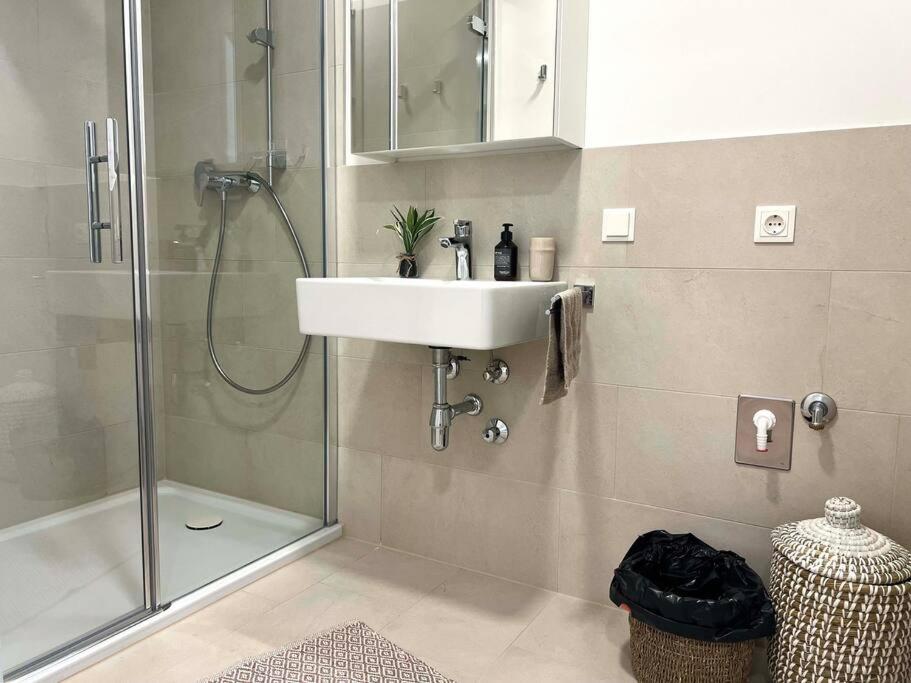
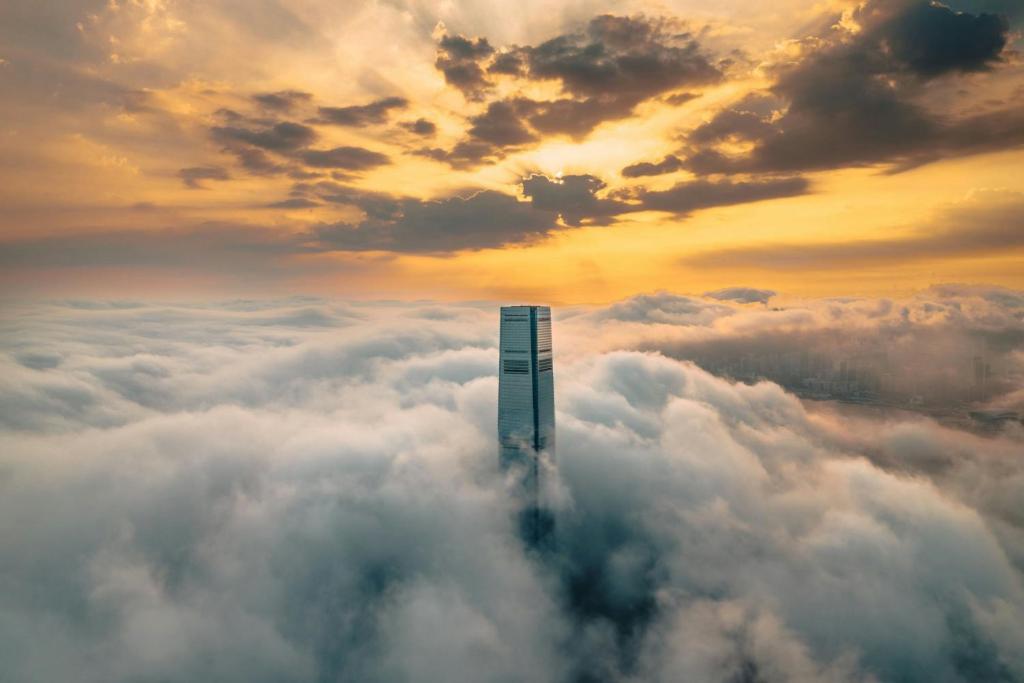
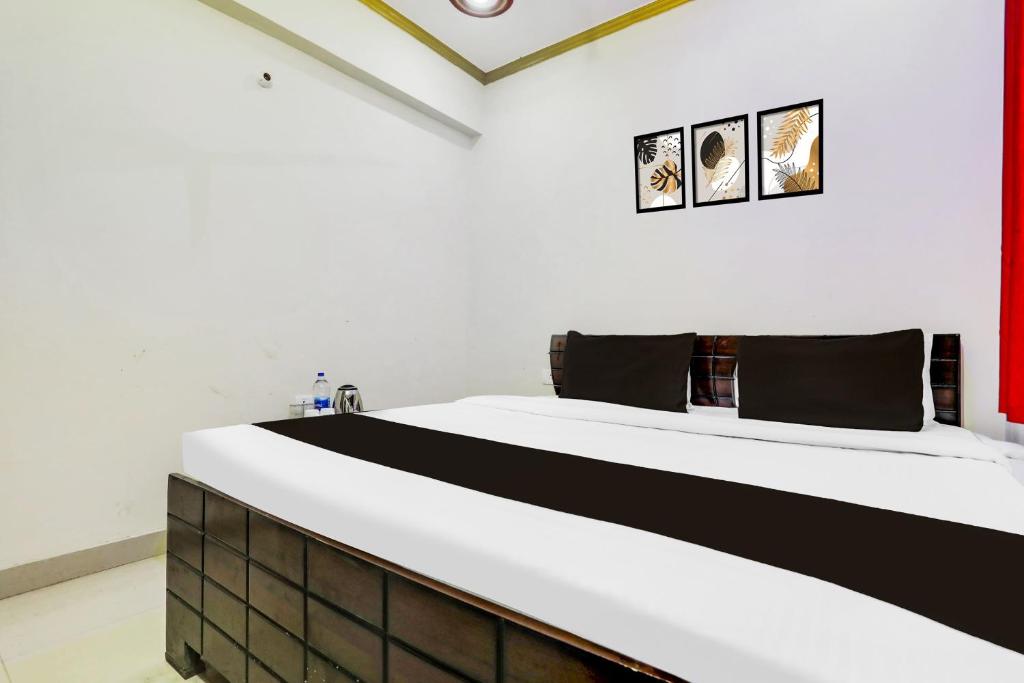
Sleep Like a Pro: The Best Way to Nap on Planes
Why blackout rooms matter for business travelers and shift workers
How light derails sleep biology (and your workday)
Light isn’t just annoying — it’s biochemical. Exposure to even modest light levels (roughly 20–30 lux) in the evening or night can suppress melatonin, the hormone that tells your body it’s time to sleep. For frequent travelers and night-shift workers, that suppression means shallow sleep, fragmented naps, and harder-to-reset circadian rhythms. The result: slower reaction time, fuzzy decision-making, and lower productivity during critical meetings or safety-sensitive shifts.
Quick real-world note: a traveler who naps to bridge a late flight may wake groggy if the room lets light in mid-nap; that grogginess carries straight into presentations or overnight duties.
High-rise light offenders to watch for
Cities throw unique challenges at tall hotels. Typical culprits include:
Practical implications for sleep and recovery
If your room can’t deliver darkness on demand, every sleep episode becomes lower quality. That’s true for long overnight sleep, short power naps, and the slow re-anchoring needed after crossing time zones. A properly darkened room helps you both fall asleep faster and stay asleep deeper — critical when every hour counts on a business trip or a split-night schedule.
Small actions, big effects
Benefits a true blackout room can deliver:
Up next: how modern blackout systems in high-rise hotel rooms actually work — and what to ask for when you book.
Understanding blackout systems in high-rise hotel rooms
Layered drapery with blackout liners
Layered curtains combine a decorative face fabric with a dense blackout liner. How they block light: heavy fabric + thick liner absorb and reflect incoming beams.
Pros: familiar, often full-height and plush; good at softening noise.
Cons: seams, hems or shallow headers can leak light at edges; may be slow to draw if manual.
What to check at check-in: look for a deep hem that touches the floor and overlapping panels; ask staff to run them fully closed and inspect gaps.
Ceiling-mounted tracks that run flush to the wall
These tracks allow panels to meet the ceiling and wall with minimal gap. How they block light: they eliminate the top light gap and allow full-height panels to overlap tightly.
Pros: excellent edge control, cleaner blackout when combined with liners.
Cons: manual tracks can snag; cheap tracks may not sit flush.
Listen/look for: a continuous pelmet or recessed header and panels that reach from ceiling to floor.
Motorized roller shades
How they block light: a continuous opaque fabric unrolls to create a single, smooth barrier.
Pros: fastest for power naps, hands-free control (useful after late flights), clean profile. High-end models: Lutron Serena, Somfy-driven roller systems.
Cons: thin rollers can let light along side edges; motors may click or hum on operation.
At check-in: ask staff if you can test the remote/button—note speed, noise, and whether the shade sits tight against the glass.
Blackout blinds with side channels
These are blinds (pleated, cellular, or roller) fitted into side channels that block edge light. How they block light: channels capture the sides of the blind so slivers don’t sneak through.
Pros: best edge-light performance; great for early-morning sun.
Cons: installation must be precise; channels can be visible.
What to inspect: tight seals in the channel and no visible gap when lowered.
Advanced options: electrochromic glass & recessed valances
Electrochromic (switchable) glass tints on command—silent and sleek—but rarely achieves total blackout; it reduces glare rather than producing pitch-black conditions. Recessed valances and perimeter masking hide the seam between glass and wall to limit leakage.
Pros: silent, tech-forward aesthetics.
Cons: can’t always replace physical blackout for true sleep needs.
Quick blackout test and practical notes
Choosing the right high-rise hotel room and making requests that stick
Read the listing like a local
When scanning descriptions and photos, look for words and images that hint at real blackout performance:
One business traveler I coached booked a “city view” downtown and learned the hard way that “view” sometimes equals an east-facing wall of glass — ask specifically about orientation before you book.
Orientation and floor-level tradeoffs
Choose orientation and floor with your sleep pattern in mind:
A practical compromise for many shift workers is a mid-to-high floor that faces a courtyard or brick façade rather than a sunrise horizon.
Making requests that actually stick
Be polite, specific, and repeat details at booking, 48–24 hours before arrival, and at check-in. Exact phrases travelers report get results:
Ask also about flexible timing: “Is early check-in or late checkout available for nap windows?” and about temporary solutions: “Do you offer magnetic blackout strips, suction blackout film, or a room-darkening kit if needed?” Front desks often keep these or can suggest housekeeping fixes.
When you arrive, test the treatments immediately; a quick, friendly request to swap rooms usually gets honored if you can demonstrate leaks. Next, we’ll look at in-room setup to transform that space into a true sleep sanctuary.
In-room setup and routines to turn a blackout-equipped suite into your sleep sanctuary
First 10 minutes: inspect, operate, and fix
When you enter, treat the first ten minutes as your sleep audit. Do this step-by-step:
If the drape underperforms, speaking to the front desk while you can demonstrate visible leaks usually gets a room swap or quick fixes.
Quick ergonomics and improvised seals
Arrange the room for long naps or overnight sleep:
Noise and HVAC: practical adjustments
Tall buildings can have noisy vents and HVAC cycles. Options that work well in practice:
Light from devices and gentle wake-ups
Small lights wake you more than you think. Quick tech fixes:
Circadian-focused tactics for shift workers
Turn blackout conditions into circadian leverage:
These in-room practices make blackout-equipped suites feel intentionally designed for sleep. Next, we’ll cover travel-ready blackout hacks and safety-smart fixes when a room falls short.
Travel-ready blackout hacks and safety-smart fixes when a room falls short
When the hotel’s shades don’t quite do the job, a tiny, carry-on-friendly kit and a calm approach will save your sleep — and your next meeting.
Carry-on blackout kit (fits in a toiletries bag)
Fast DIY fixes that actually work
A short real-world tip: on a red-eye before a 7 a.m. pitch, I used a contoured mask and tucked a hoodie under the curtain — total blackout for a 90-minute nap.
Safety-first rules
Polite staff strategies
Next, we’ll wrap up how to rest easy above the city.
Rest easy above the city
With a little knowledge and a few simple tools, even the brightest high-rise can feel like a private retreat. Prioritize blackout features when you book, test curtains and controls on arrival, and use the in-room setup tips to block light, reduce noise, and cue your body for rest. Small steps protect sleep and sharpen performance.
Carry a compact sleep kit—eye mask, earplugs, portable blackout panel—and the confidence to ask staff for adjustments. When systems falter, the travel-ready hacks here will help you adapt without compromising safety. Make blackout planning part of your travel routine, and you’ll arrive focused, rested, and ready to meet the day above the city. Sleep well, even on the busiest schedules.
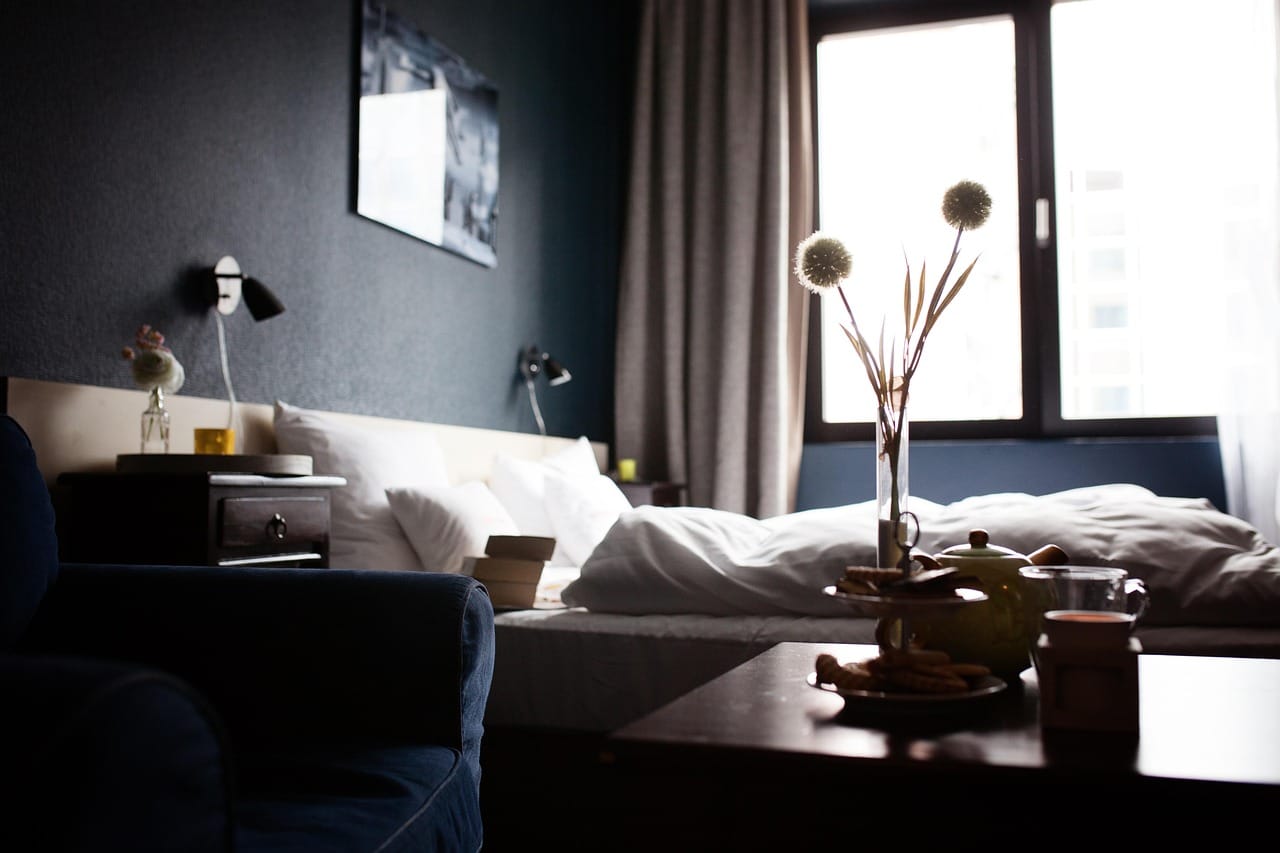
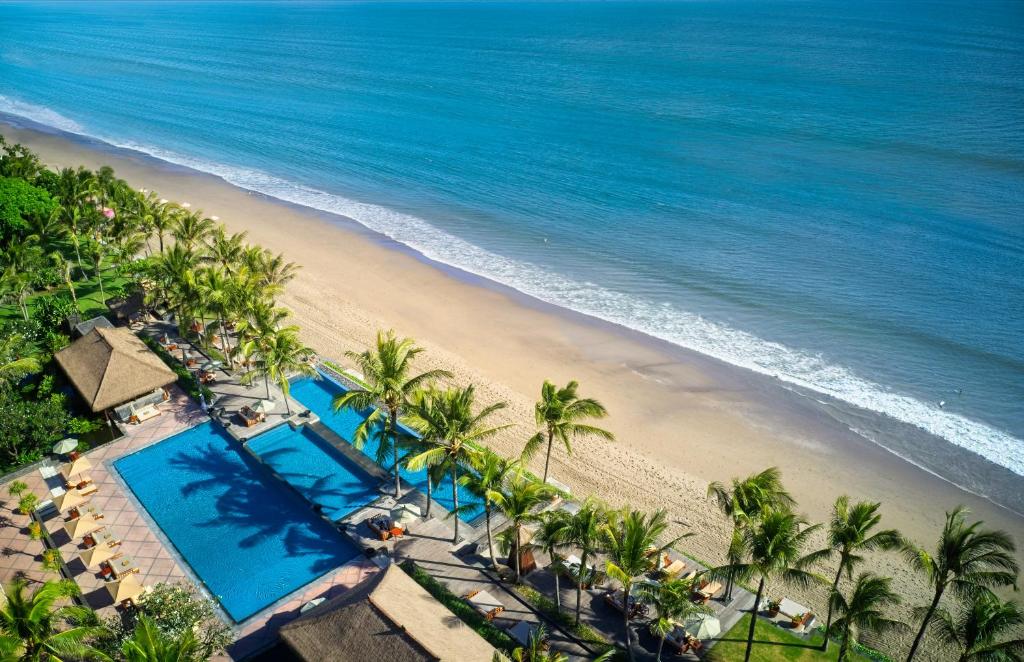
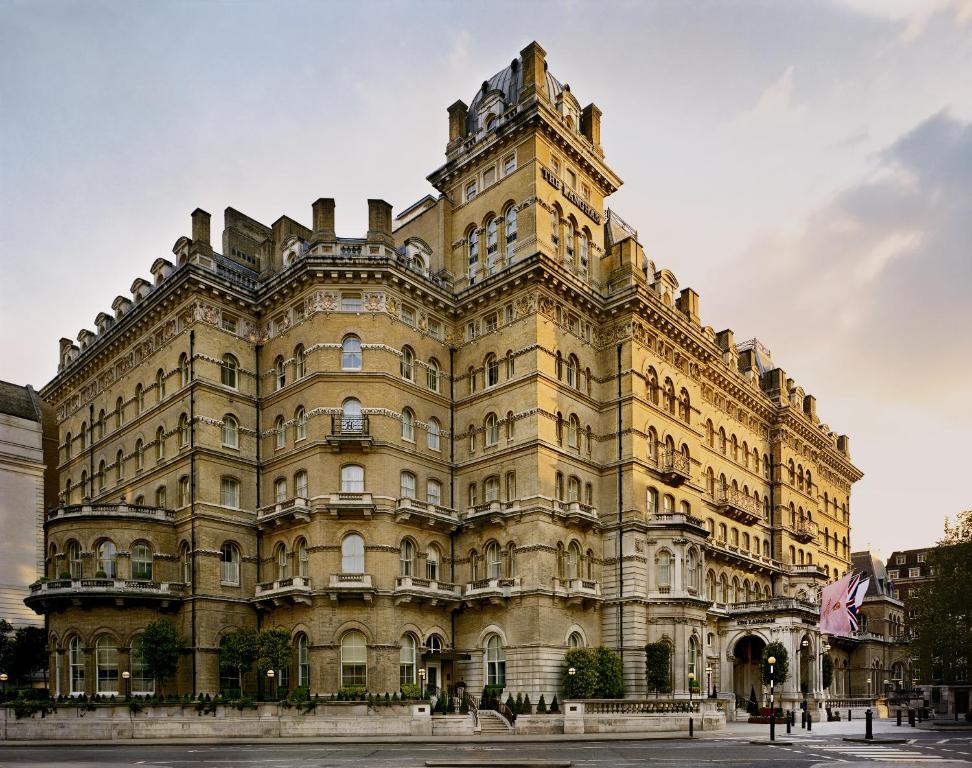


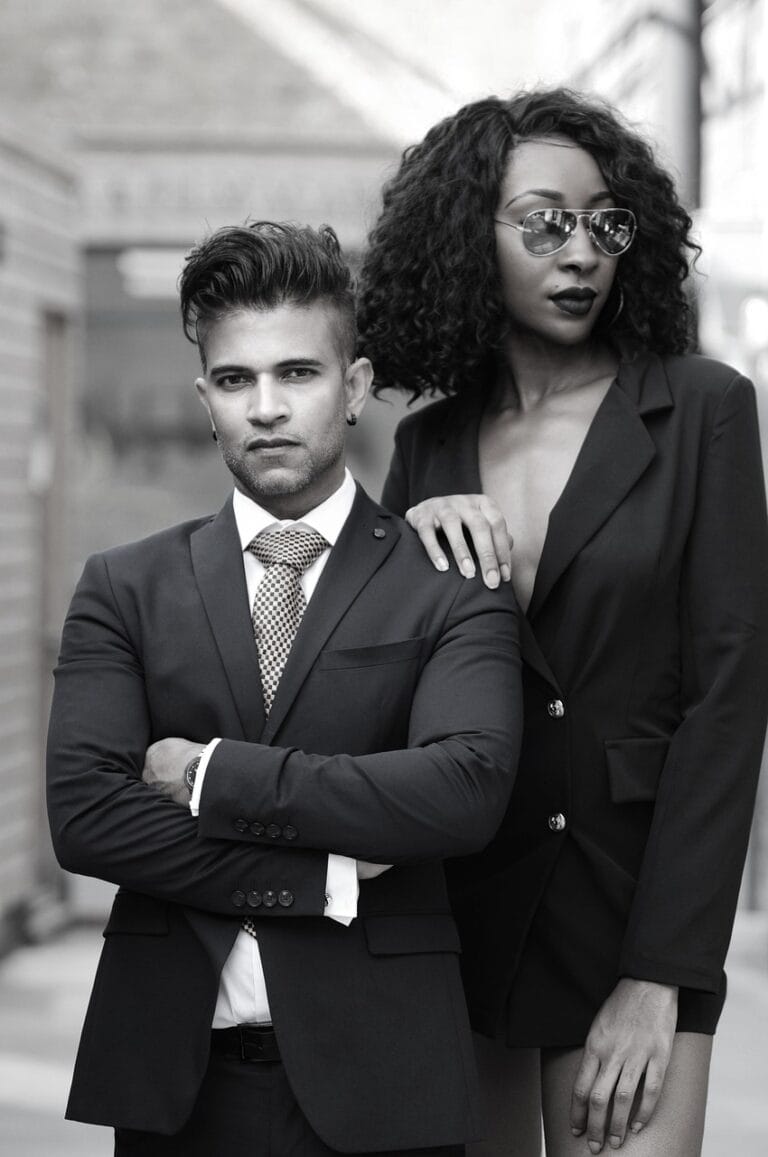
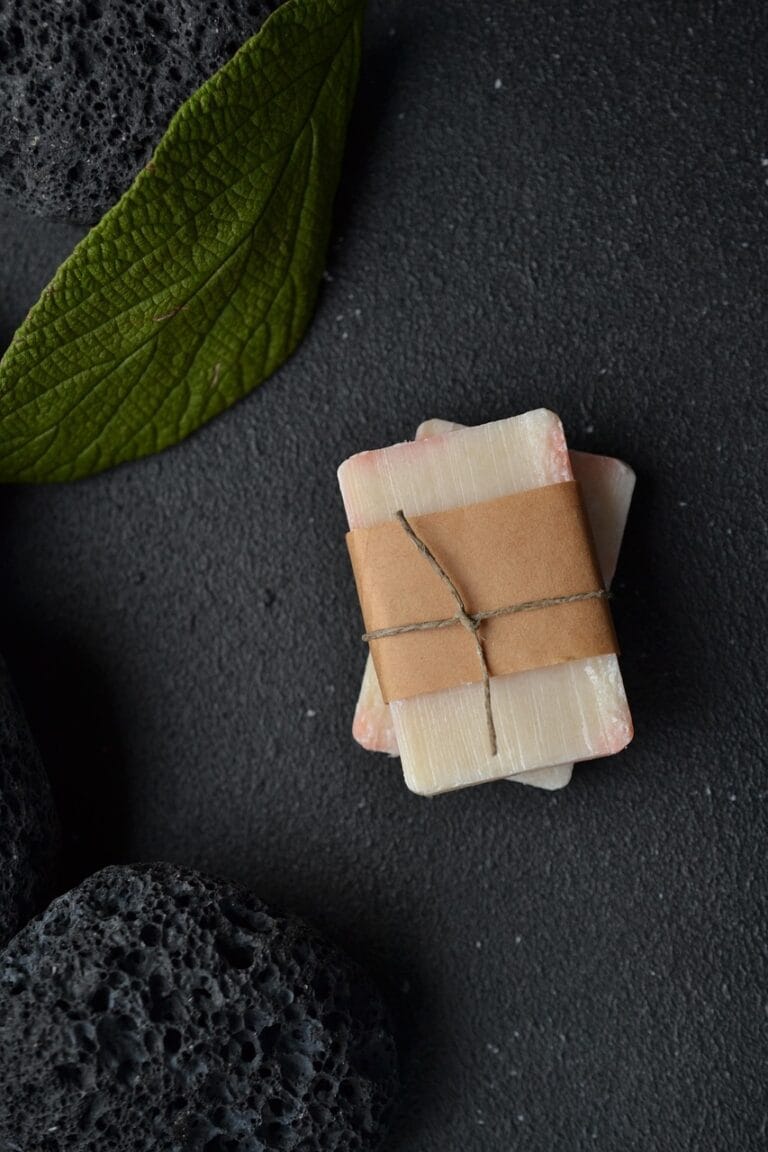



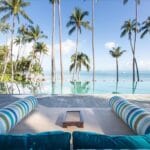
Stayed at a high-floor place last month and blackout curtains made ALL the difference. The Luxury Sky-High Hotel Overlooking Victoria Harbour in the article sounds exactly like the kind of spot I’d book for a long overnight layover. If the hotel staff are cool about room requests, ask for a corner suite — less light from windows and usually better curtain coverage.
Great tip, Maya — corner suites often reduce window seams where light leaks happen. The article’s section on making requests that stick has a sample message you can send to hotels.
Totally agree. Also bring a packable eye mask as backup — I once had a curtain gap and my mask saved the night 😅
Good shout on the corner rooms. I asked for one at a Stylish Vienna Apartment with Sauna and Gym and it made the mornings feel civilized after late-night meetings.
Short and sweet — loved the ‘rest easy above the city’ wrap-up. One thing I’d add: keep a small travel light with red LED for nighttime pathfinding so you don’t turn on harsh lights when you wake. Saved me from waking my roomie at the Elegant Regent Street Hotel with Awarded Bar 😅
Red LED is clutch. I also use a phone app with dim red screen as backup.
Nice addition — low-level red light preserves night vision and minimizes disturbance. We included red light as a suggestion in the routines section but good call highlighting it for shared rooms.
Fun read. One minor gripe: the safety tips could use more emphasis. When you tape curtains or block windows, remember fire code and emergency egress. Don’t permanently obstruct exit mechanisms. 🙂
Thanks for flagging safety — I sometimes forget that in the rush to sleep. Better to be safe than super-dark!
Totally agree — safety is paramount. The ‘safety-smart fixes’ part of the article stresses non-permanent fixes and keeping exits clear, but good to highlight more.
I appreciated the ‘travel-ready blackout hacks’ — especially the door-sock idea. Also—tiny rant—some listings (looking at you, Beachfront Luxury Resort with Tropical Gardens) brag about darkness but photos show glowing dawn. Reviews help, but it’s annoying when marketing is fuzzy. More transparency, please.
That’s why I always message the property before booking — a quick Q about ‘how dark is the room at 5am’ gets real answers sometimes.
Also check time-lapse reviews on social — some vloggers show sunrise angles. Helpful for beachfront places.
Completely fair. We encourage travelers to cross-check listing photos with recent guest images and reviews. If a property misrepresents features, reporting it helps maintain accuracy.
Good tips, thanks. Will message properties more going forward.
Not all blackout curtains are created equal — ran into sheer-lined ones that still let a strip of light through at the seam. The ‘understand blackout systems’ section helped me identify when a hotel just has ‘room-darkening’ and not true blackout. Pro tip: ask if the curtains are room-darkening or full blackout before you book.
Exactly — terminology varies. We tried to explain the difference in the article so travelers can ask the right question when booking.
If you’re a shift worker like me, blackout is non-negotiable. I once turned down a Beachfront Luxury Resort with Tropical Gardens because sunrise seeped through at 4am 😩
Ha, that’s a brave move Noah. I’d do the same. For beach resorts I always check reviews for ‘morning light’ complaints.
Yikes, seams are the worst. I carry adhesive blackout strips (tiny roll) for those stubborn gaps.
For those hating on hotel curtains: blackout blinds vs curtains — which do you prefer? I’m split. Blinds seem more reliable but curtains feel cosier. I once switched rooms to get blinds and it was a game changer at a Stylish Vienna Apartment with Sauna and Gym.
I like blackout roller shades — sleek and effective. Curtains make the room feel homier though.
Blinds often seal better along edges, but some modern curtains are designed to overlap tightly and block light well. The article suggests asking for photos if possible, or checking recent guest pics in reviews.
Blinds for function, curtains for aesthetics. If I’ve got to work after 2am, blinds every time.
I laughed at the idea of stuffing blankets into gaps but it actually works. Stayed at the Comfortable Patna Hotel with Family Rooms and my cousin used a towel to block light from the adjoining room. Also, hotel staff are usually cool about lending an extra blanket if you ask. Hospitality still exists 😌
Appreciate the reminder about tipping — it’s included in our ‘making requests that stick’ checklist as a goodwill practice.
Yep, small tip and a thank-you note go a long way.
Nice anecdote — family rooms can have odd layouts. Glad staff helped. The article recommends polite requests to housekeeping for extra linens as a safe fix.
100% — politeness gets you places. I once got blackout liners added by staff after asking nicely at check-in.
Hotel staff = unsung heroes. I always tip a little when they go the extra mile for sleep setups.
Okay, long one — but I got so many useful ideas from the ‘in-room setup’ section, wanted to share my routine:
1) Request a room away from elevator shafts and ice machines.
2) Bring a small white-noise device (or phone app) for constant hum.
3) Use velcro tabs to hold the blackout curtain edges against the wall if there are gaps.
4) Put socks over the door sweep or use a towel to block light under the door.
5) If the room lacks blackout curtains, ask housekeeping for extra blankets to stuff gaps.
This saved me during a week of back-to-back flights — even at the Comfortable Shoreditch Hotel with Modern Amenities it helped. Low-tech fixes often win.
This is gold. I never thought of velcro — trying that next business trip. Also: towel under the door = instant fortress 😂
Did you ever have issues with housekeeping about removing stuff you stuck on walls? I’ve worried about marks.
Good point, Raj. The article also suggests using non-permanent solutions (removable velcro, fabric ties) to avoid damage and keep relations with staff friendly.
Hey Raj — I use removable velcro adhesives made for walls, no marks so far. If in doubt, ask housekeeping first or stick to using blankets/towels.
Love the step-by-step — the velcro tab hack is one we recommend in travel-ready blackout hacks. Thanks for sharing your routine!
Quick question — anyone tried requesting a ‘blackout-equipped’ room at an Elegant Regent Street Hotel with Awarded Bar? Wondering if hotels actually honor specific curtain types when you book via Booking.com.
I’ve done it twice. One place honored it, other didn’t. Always pack an eye mask as Plan B.
Short answer: sometimes. The article recommends making the request early and repeating it closer to arrival. Include a polite note in the reservation and call the property if it’s crucial.